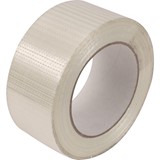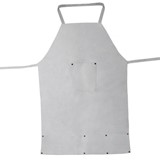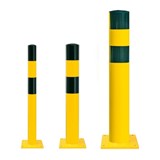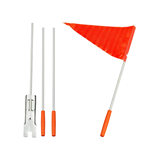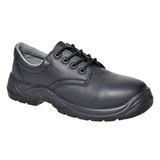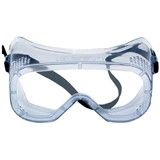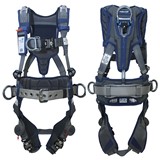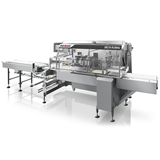More than food, the most critical product to handle are pharmaceutical products. The industry faces numerous challenges when it comes to securing pharmaceutical packaging to protect products. From maintaining product safety to meeting strict regulatory requirements, companies must navigate a complex landscape to ensure products reach consumers safely.
Explore the common issues that can cause big recall issues with pharmaceutical products and the critical role of secure packaging in the pharma supply chain. Additionally, discover some actionable packaging strategies so you can ensure product safety and compliance.
Common Issues with Pharmaceutical Packaging
Pharmaceutical packaging plays a crucial role in protecting products from contamination, damage, and tampering. The world of pharma casts a big net of serious commitment to the integrity of medicines and sterile equipment.
Medicines and medical supplies can be used as a way for malicious actors to:
- Counterfeit and steal drugs.
- Intentional drug use for crimes or sabotage.
- Movements like anti-vaccine or anti-medicines.
- Drug-related mental health crisis (Delusions and psychosis).
Such issues are not uncommon and have been one of the common issues in the pharma industry categorised below.
Contamination
Contamination is an expensive loss for pharmaceutical companies close to the financial risks involved with expired products. Inadequate or weak packaging can expose products to environmental factors such as moisture, dust, and microbes that can affect their efficiency.
In 2020, Metformin, a drug used by patients with Type 2 Diabetes, was recalled by Nostrum Laboratories Inc. for being contaminated with a known carcinogen N-nitrosodimethylamine (NDMA). The contaminant is believed to be acquired during the manufacturing process and has been linked to be a result of the reaction of the medication on the chemicals of its packaging.
Inconsistent Packaging

There are too many malicious actors in the market that produce fake medicines. That’s why consistency in packaging is vital for compliance with industry regulations and maintaining product quality.
Teva Pharmaceuticals experienced a recall in 2021 due to inconsistencies in intake instructions on the label and packaging of Acetaminophen tablets. Such issues not only impact the public safety but also the company’s reputation and compliance with regulatory standards.
Handling Different Package Sizes
Pharmaceutical products come in various sizes and with different handling requirements like vials. Such variability on sizes and complexities can be challenging, especially with manual wrapping processes.
Improper or inefficient handling or wrapping of certain products may lead to damage or make the products vulnerable to damage during transit.
Speed and Efficiency
The pharmaceutical industry is under constant pressure to meet demand quickly. In some cases, delay occurs in the supply chain due to inefficient packaging processes, affecting on-time delivery. The demand of pharmaceutical products can mean life or death for patients. That's why commitment to process efficiency and product safety are crucial to every pharmaceutical company.
Packaging Material Waste and Labour Costs
Big pharmaceutical companies spend around $6.16 billion in total R&D expenditures per new drug. Due to the hefty expense involved, studies show that almost 50% of the leading companies compensate for their negative R&D productivity through cash injections from mergers and acquisitions.
With so much financial risk at hand, companies can’t afford to have more operational expenses such as packaging material waste and excess labour cost due to inefficient packaging processes. Not only do they increase costs, but it also has environmental implications.
The Role of Proper Packaging and Its Impact on the Supply Chain
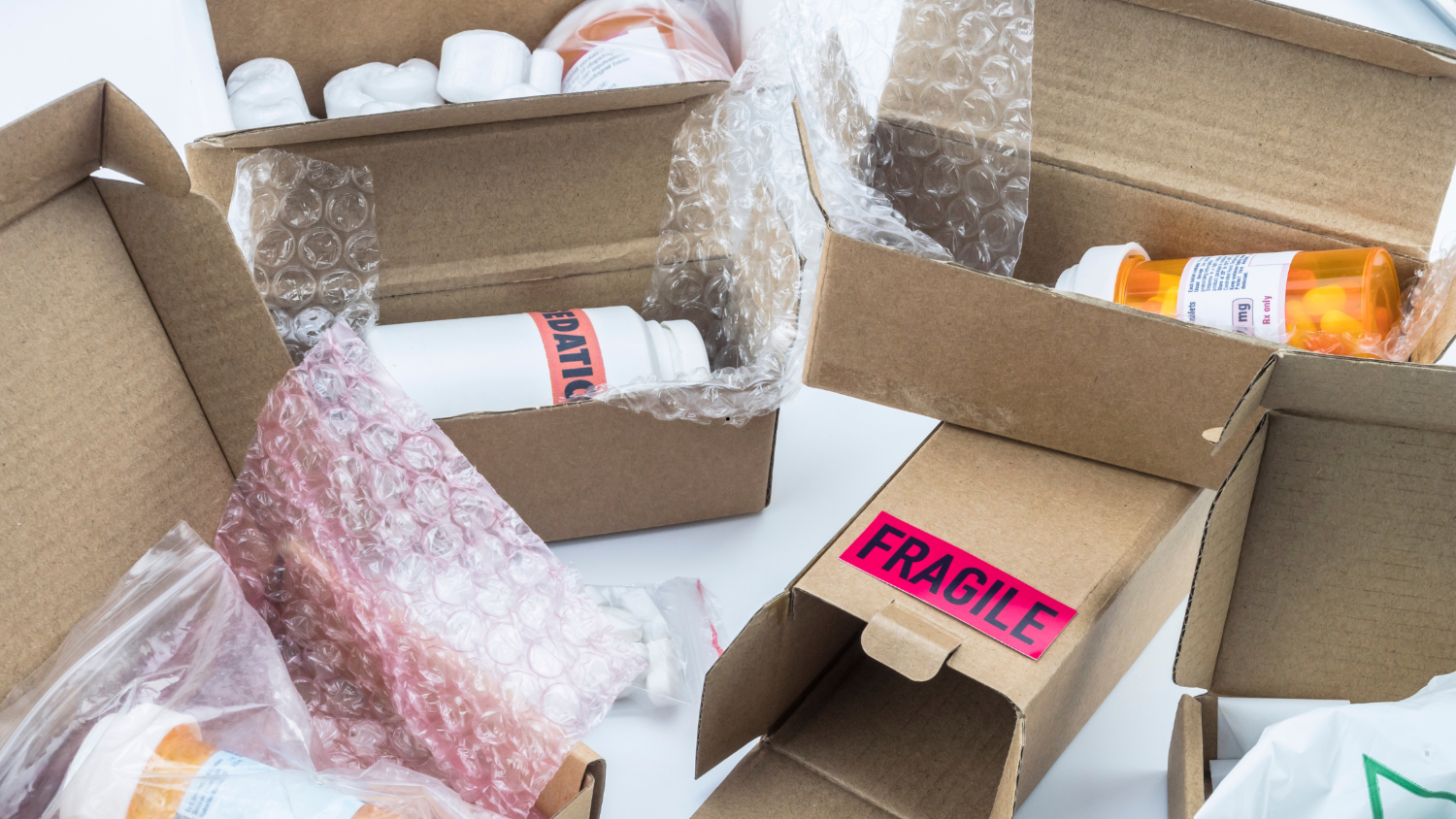
As a critical component of the entire supply chain, the role of secure pharmaceutical packaging extends beyond the physical protection of products, which includes:
- Protecting Product Integrity: Proper packaging prevents contamination, maintains product efficacy, tamper-proof, and ensures that medications are safe for consumption. In the case of temperature-sensitive products, packaging also helps maintain the required temperature range to retain effectiveness of medications during transport and storage.
- Compliance with Regulations: Pharmaceutical packaging must comply with stringent regulatory requirements. These regulations cover various aspects, including labelling, material use, contamination-free, and tamper-evidence.
- Enhancing Supply Chain Efficiency: Proper packaging also plays a vital role in enhancing supply chain efficiency by reducing the time required for wrapping and shipping. It helps companies meet demand and maintain a steady supply of products.
- Reducing Costs: Effective packaging can help reduce costs through time-saved, optimised use of packaging materials, and minimise waste like:
- Errors or product recalls
- Downtimes
- Packaging wastes
- Ensuring Product Stability During Transport: Packaging plays a crucial role in ensuring that products remain stable during transport. Properly secured products are less likely to shift or move, reducing the risk of damage and ensuring that they arrive at their destination in good condition.
How to Ensure Product Safety and Compliance
Ensuring product safety and compliance in pharmaceutical packaging requires a strategic approach. Here are some key strategies that you can implement or integrate in your current system:
- Invest in Automated Packaging Solutions: Automation allows pharmaceutical companies to implement contactless processes to reduce risks of contamination.
Equipment like blister packers, labelling equipment, and rotary arm stretch wrappers can handle different package sizes and apply consistent wrapping with precision and speed. They help streamline processes and reduce labour costs and material waste. - Implement Quality Control Measures: Quality control ensures that packaging meets the required industry standards for your products. Considerations for this include wrapping integrity, label accuracy, and defect-free packaging.
- Train Employees on Best Practices: Even with automation, employees must have routine calibration to ensure standard process on how to operate packaging equipment and identify potential issues that are observed to maintain high standards of product safety and compliance.
- Ensure Tamper-Evident Packaging: Tamper-evident packaging is one of the fore-front solutions today that helps prevent malicious actors from exploiting the vulnerability of products. Your products must be designed to show clear signs of tampering, providing an additional layer of security for consumers.|
- Collaborate with Trusted Suppliers: Working with trusted suppliers who provide high-quality packaging materials and equipment ensures that the packaging used is of the highest standard and meets all regulatory requirements.
Secure Pharmaceutical Products with the Best Rotary Arm Stretch Wrapper Suppliers with IndustrySearch
A lot can happen in transporting pharmaceutical products from the manufacturing site to retailers and consumers. The only way to have a sense of assurance about the product’s integrity is packaging them well-enough to withstand any weather condition, transit damages, and tampering attempts.
With rotary arm stretch wrappers, pharmaceutical products are wrapped in consistent precision and speed. They help promote contactless processes and ensure there’s reduced risk for human-introduced contamination or damage.
Explore Australia’s top-rated rotary arm stretch wrapper suppliers on IndustrySearch today and protect the integrity of your pharmaceutical products with ease and precision.

.png)


